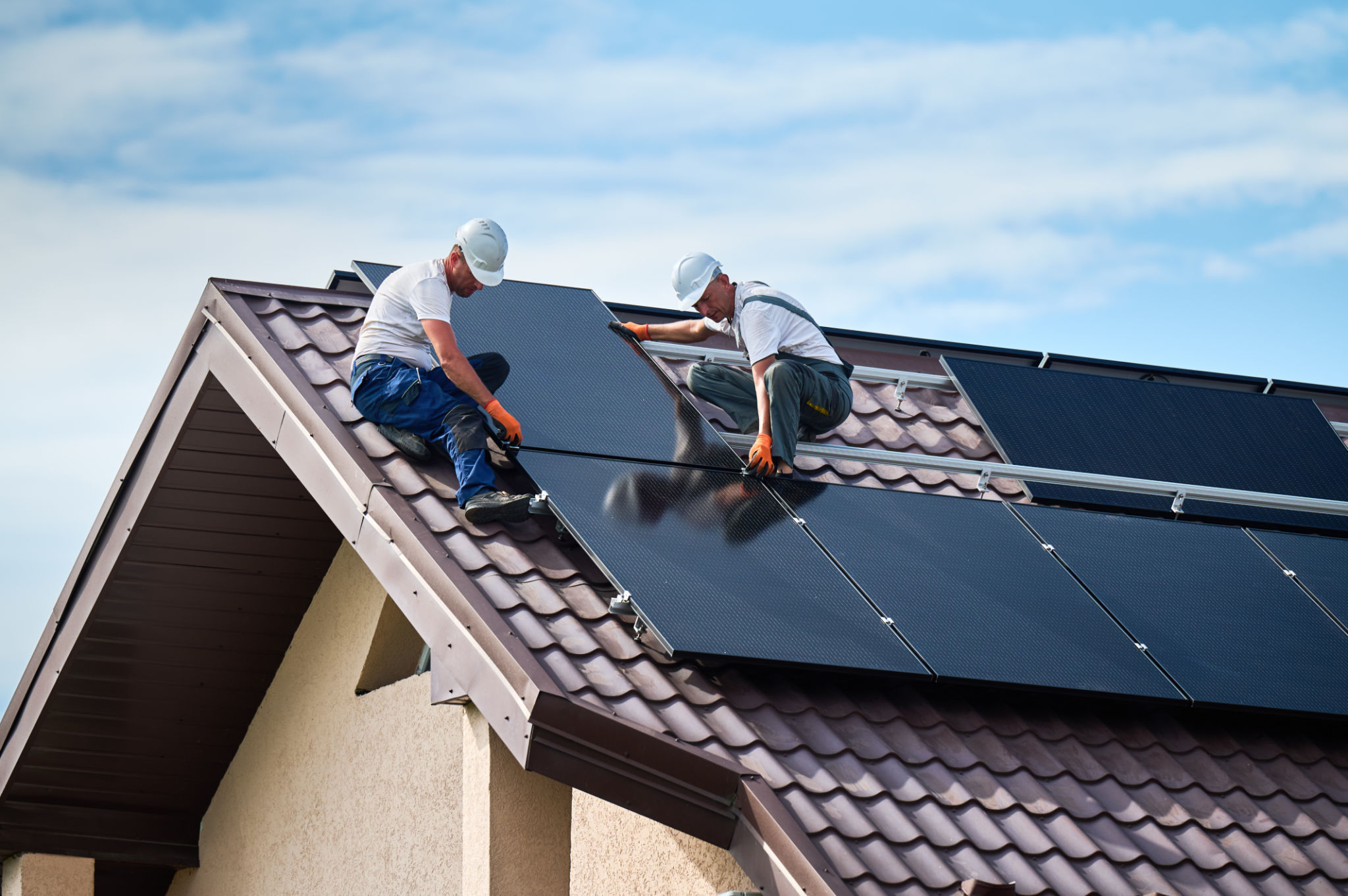Preparing Your Home for Solar Panel Installation: A Comprehensive Checklist
Assessing Your Roof's Suitability
Before installing solar panels, it's crucial to evaluate your roof's condition and suitability. Start by checking the age and material of your roof. If your roof is nearing the end of its lifespan, it might be wise to replace it before installation. This will help avoid the need to remove panels later for roofing work.
Consider the roof's orientation and pitch as well. Ideally, south-facing roofs with a pitch between 15 to 40 degrees are optimal for solar energy capture. Additionally, ensure there are no obstructions like chimneys or vents that could cast shadows on the panels.

Understanding Local Regulations
Familiarize yourself with local regulations and building codes related to solar panel installations. Some areas may require permits, while others might have specific zoning laws that could affect your project. It's essential to comply with these regulations to avoid any legal issues down the line.
Contact your local municipality or consult with your solar panel installer to understand what paperwork is necessary and how to proceed. This step ensures a smooth installation process without unexpected delays.
Evaluating Energy Needs
Understanding your household's energy consumption is vital in determining the size and type of solar system you need. Review past utility bills to calculate your average energy usage. This will help your installer design a system that meets your energy needs efficiently.
Consider future changes that might affect energy consumption, such as adding new appliances or electric vehicles. Being proactive in this assessment ensures your solar system is both efficient and future-proof.

Selecting the Right Solar Provider
Choosing a reputable solar provider is a critical step in the preparation process. Research potential companies by reading reviews, checking certifications, and comparing quotes. A reliable provider will offer quality products, excellent customer service, and comprehensive warranties.
Schedule consultations with several providers to discuss your specific needs and get a feel for their expertise and professionalism. This step will help you make an informed decision and build confidence in your investment.
Preparing Your Property
Clear any obstacles or debris from around your property that could hinder the installation team. Trim back trees or branches that could shade the panels or obstruct access. Ensuring a clear workspace will facilitate a smoother and quicker installation process.

Planning for Electrical Upgrades
Your home's electrical system might require upgrades to accommodate solar panels. An electrician can assess whether your current system can handle the additional load. If upgrades are necessary, plan and budget for this in advance.
Integrating solar power with your existing setup may also involve installing new meters or components, depending on your local utility's requirements. Ensure all modifications adhere to safety standards and regulations.
Scheduling the Installation
Coordinate with your chosen solar provider to schedule the installation at a convenient time. Be prepared for potential delays due to weather conditions or unforeseen circumstances. Clear communication with your provider can help manage expectations and ensure a smooth process.
During installation, consider being present to address any questions or concerns the team might have. This proactive approach can help resolve issues quickly and efficiently.
Post-Installation Tips
Once your solar panels are installed, conduct a final inspection with your provider to ensure everything meets your expectations. Familiarize yourself with system maintenance procedures and any warranties or performance guarantees offered by the manufacturer.

Monitor your energy production regularly to ensure your system is functioning optimally. Regular maintenance checks will help prolong the life of your investment and maximize energy efficiency.